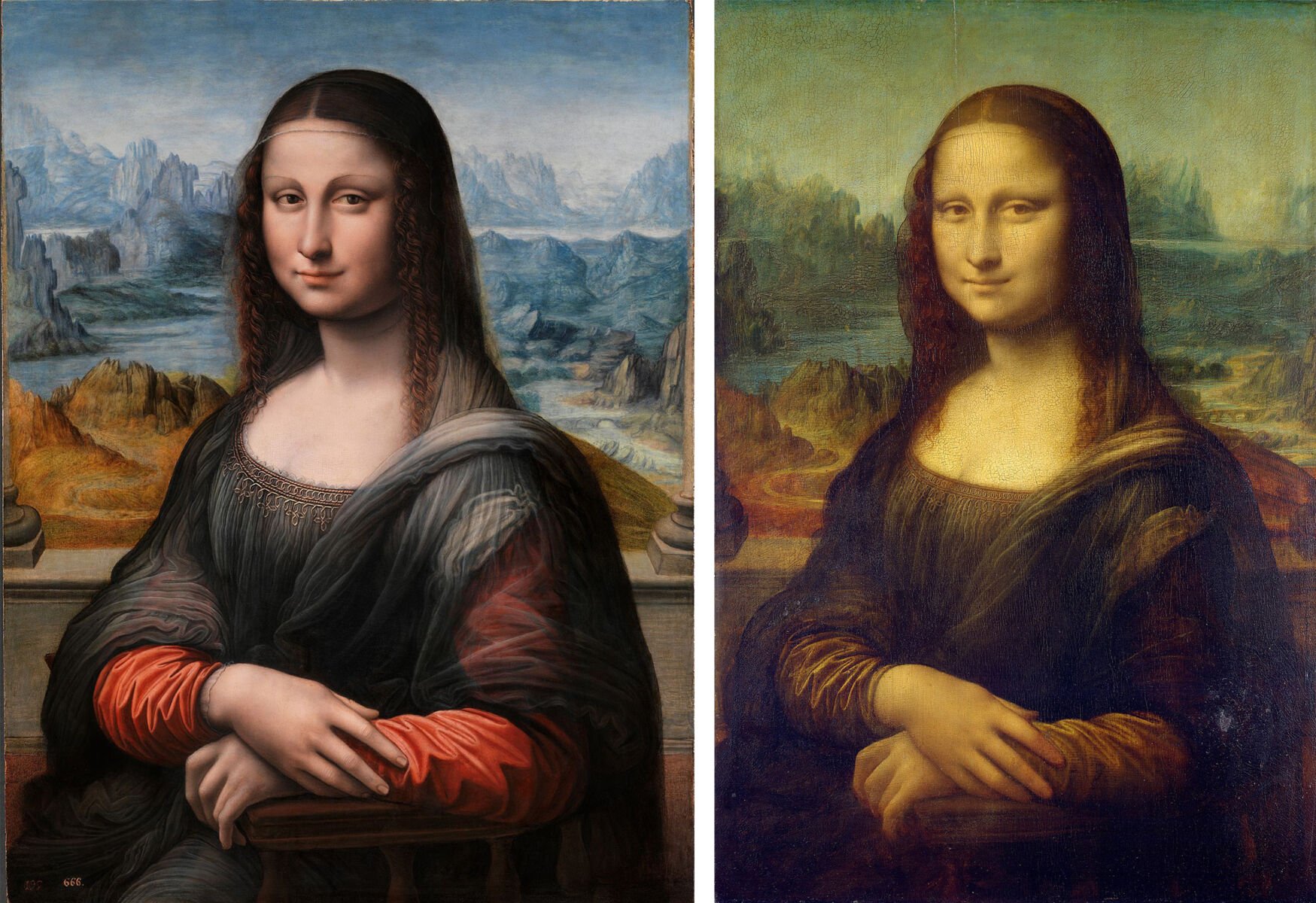Unravelling the mystery of Mona Lisa and Leonardo da Vinci

Leonardo da Vinci, a name synonymous with the fusion of art and science, sought to understand the world around him, incorporating his scientific discoveries into his art and his enigmatic masterpiece the Mona Lisa.
His passion for exploration and understanding was evident from his childhood. As a young boy, he would sit at the doorway, observing birds and cloud formations, and capturing what he saw in his sketchbook. As he grew older, his curiosity extended to human anatomy, leading him to secretly dissect corpses to further his understanding of muscle structures, joints, and human proportions.
Born on April 15, 1452, in Anchiano, a small village in the Vinci community of Tuscany, Leonardo had an unusual upbringing. His father, a prominent lawyer, and his mother, a 16 year old peasant woman, were not married.
Raised by his grandfather, he was slow in learning to read and write but showed an interest in art, leading his father to enroll him in a Florentine art school.
One day, he had the opportunity to apprentice with Andrea del Verrocchio, a renowned sculptor commissioned to work for wealthy merchants and bankers, the power holders of Florence. This marked the beginning of his learning journey and his love for sketching.
Eventually, da Vinci joined the Guild of St. Luke, an association of artists in Florence. During this time, he focused on painting portraits and Madonna, with some of his works being kept in his studio and worked on repeatedly, such as the famous Mona Lisa, currently displayed at the Louvre Museum in Paris.

“Who was the model for ‘Mona Lisa’?”
The Mona Lisa attracts millions of visitors to the Louvre Museum each year. More than just a portrait of a woman, her captivating gaze and mysterious smile have intrigued viewers. Her austere clothing and dark colour palette suggest a sombre mood, yet why does she smile?
The origins of the Mona Lisa, as art historians suggest, remain a mystery. The most commonly accepted theory, proposed by biographer Giorgio Vasari, speculates that Leonardo painted Lisa di Noldo Gherardini, the wife of Francesco del Giocondo, a silk merchant in Florence. However, da Vinci never delivered the painting to the client, a rare occurrence as artists usually worked for patrons.
An account from 1517 by historian Antonio de Beatis noted that da Vinci admitted to painting the portrait for Giuliano de Medici, a benefactor. De Beatis was present when the artist presented three paintings, including the portrait of a Florentine woman, to Cardinal Luigi d’Aragona, a friend of de’ Medici, in his studio in Amboise on October 10, 1517.
The portrait was supposedly based on Pacifica Brandani, de’ Medici’s lover, with whom he had an illegitimate child. However, since Brandani died in childbirth, the painting served as a comfort to the grieving child.
Both theories are frequently discussed among art historians, but to date, no one has verified the true identity of Mona Lisa. Yet, one thing is certain: the painting held significant meaning for da Vinci. He never sold it, and in 1516, he even took it with him to France, shortly before he died in 1519. One of his students sold the piece to the French royal family, after which it ended up in the Louvre Museum.
While the public unveiling date of ‘Joconde’, as the French call Mona Lisa, remains uncertain, the Prussian Cultural Heritage Foundation suggests it might have been October 10, 1517.
A famous artist, not widely known.
Despite his fame, little is known about da Vinci’s personal life. His body of work, though small in number, is mainly comprised of anatomical studies, sketches, mirror writing manuscripts, and architectural designs. His innovative ideas, such as designs for tanks, aeroplanes, and diving equipment, remained unrealised.
He worked in Florence, Milan, and Rome, major capitals of the Renaissance, where he encountered various patrons, from wealthy families to Popes.
In 1516, King Francis I invited him to work, offering him generous pay and complete creative freedom. One of his responsibilities was to organise lavish and colourful court entertainments. On May 2, 1519, Leonardo da Vinci died at the Château du Clos Lucé. Legend has it that he passed away in the arms of the French King.
Latest Thailand News
Follow The Thaiger on Google News:


























